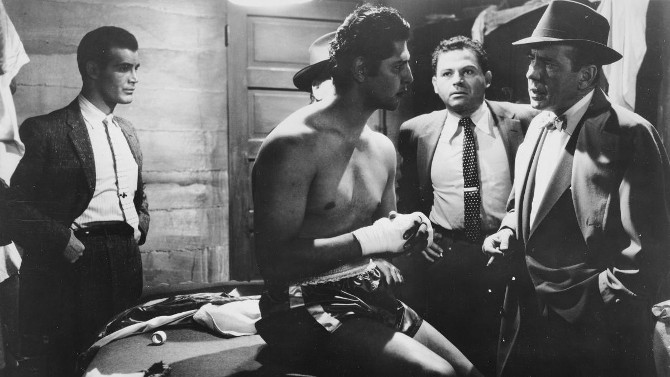Sci-Fi to the Core
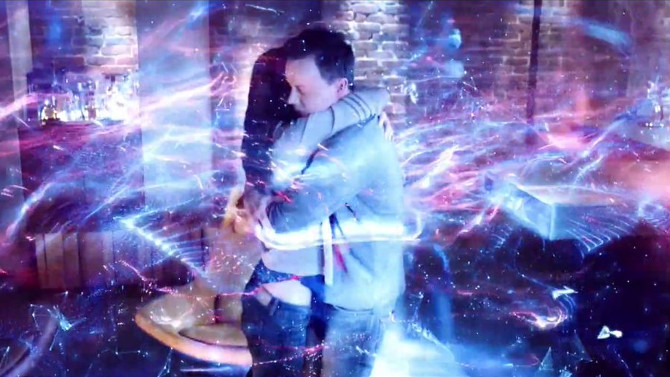
A double feature that will only run you twenty-four minutes, writer/director Adam Stern (a visual effects guru, whose production house Artifex Studios has worked on everything from Mission to Mars and The Core, to television series, including Continuum and Wayward Pines) has developed two intriguing short sci-fi films that deal, in different ways, with discovering the unknown (and how very dangerous that can be). Feeling a little bit like entering the Twilight Zone, 2015's The Adept follows scientist couple Ben (Adam Greyson Reid) and Maddy (Jennifer Spence) as they ruminate on their most recent theoretical physics project. Before going to do the dishes, Ben wants to show Maddy his newest card trick. . . not overly interested, she continues to discuss their work. As they spitfire ideas off of each other, the multitasking Ben mysteriously makes the cards disappear – where to? – not even he is sure.
Star Pick with George Chuvalo
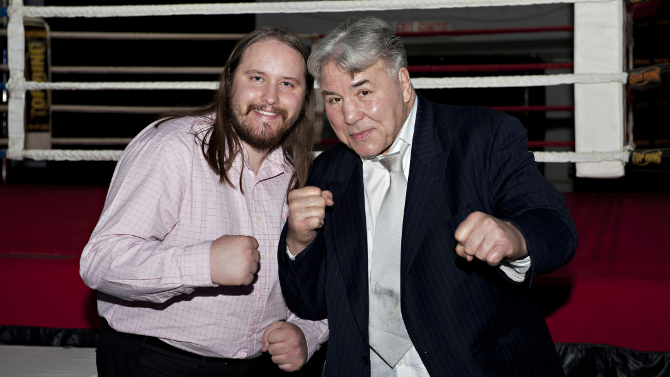
Arguably the greatest Canadian pugilist of all-time, George Chuvalo, standing six feet tall, weighing in at 240 pounds, and with a reach of seventy-one inches, was also graced with an iron jaw. Part of ninety-three professional bouts, Chuvalo never once fell to the canvas – and when you look at the foes he fought, that is one impressive statistic. With a record of 72-19-2, he was a five time Canadian champ, and two time World Heavyweight contender (the first against Ernie Terrell in 1965). Perhaps his two greatest fights were against Muhammad Ali (in 1966 and 1972) – though some may point to the 1965 Fight of the Year versus Floyd Patterson. Given only seventeen days to prepare for their first match, people (along with Ali) didn’t give Chuvalo much of a chance. . . yet, 12 rounds in, the man was still standing (for the first time ever in Ali’s career), the pair going the full 15. Yet, after the fight, Ali claimed, “he is the toughest fighter I ever fought” – Chuvalo earning the man’s respect. And, there is no doubt in Chuvalo’s mind about the fight, for he has long said, “when it was all over, Ali was the guy who went to the hospital because he was pissing blood. . . Me? I went dancing with my wife”.
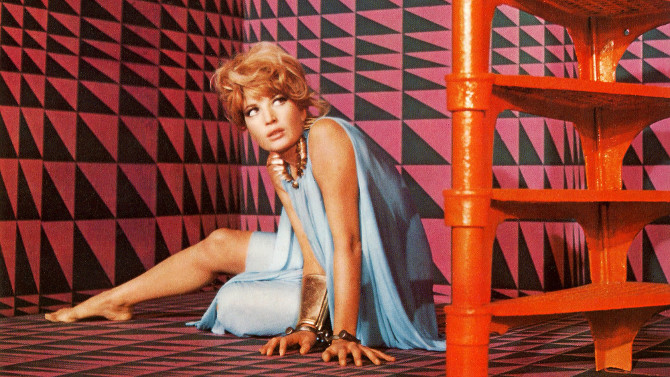
What Could Have Been: Modesty Blaise
In 1962, one film changed everything. No, not a big budget spectacle, or an Academy Award winner (for those of you interested, the Best Picture was West Side Story), but rather a low budget action B movie, which somehow helped spawn one of the most successful (and longest running) film franchises of all-time. . . you guessed it, Dr. No. Soon, From Russia with Love (1963) and Goldfinger (1964) were released – proving that Dr. No was no anomaly. . . rather, this was an all out craze. And, with millions of cinemagoers flocking to see them, other studios soon sought to capitalize on this unique combination of an action spy picture with cheeky comedy by developing their own Bond knock-offs.
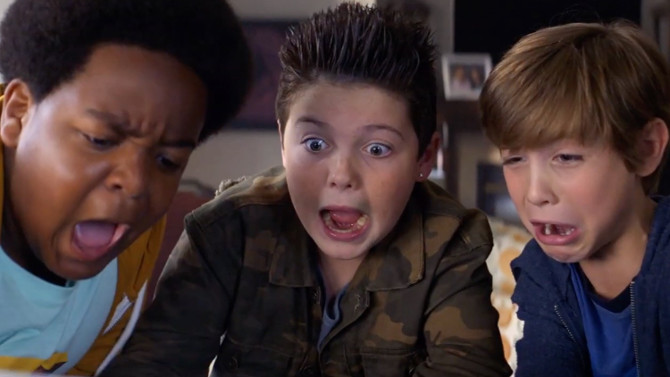
Supergood
If, for whatever reason, you are looking for some advice on kissing, then Good Boys, directed by Gene Stupnitsky, is probably not where you should be starting your search. Written by Stupnitsky and Lee Eisenberg, and produced by Seth Rogen, it is like Superbad for tweens. . . instead of a triumvirate of friends looking for alcohol to impress as they head to a party (hoping to finally get laid), this story finds three buddies on a quest to learn how to kiss before going to their first kissing party – they must also try to track down a new drone after destroying one. This is Good Boys narrative in a nutshell.
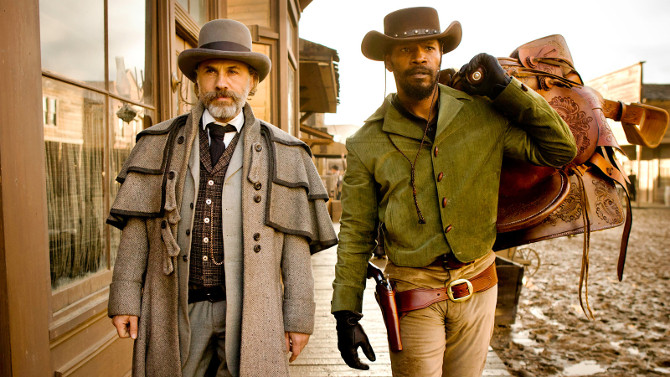
I’ve Got Spurs that Django Django Django
Reworking the spaghetti western one strand at a time, Quentin Tarantino updates the Italian sub-genre for the modern age, 2012's Django Unchained, an epic tale of lost love and hopeful reunion. . . and, of course, bloody revenge. Following a charmingly charismatic and cunning bounty hunter. . . who used to be a dentist, Dr. King Schultz (Christoph Waltz) is a master planner who has a flair for the dramatic. Tracking down a slave named Django (Jamie Foxx), he needs the man to help him finger his next set of criminals (setting him free for the task). Without giving away what happens on the first bounty Django joins him on, it is the quintessential mix of Tarantino humour combined with bloody violence – a scene of utter perfection.
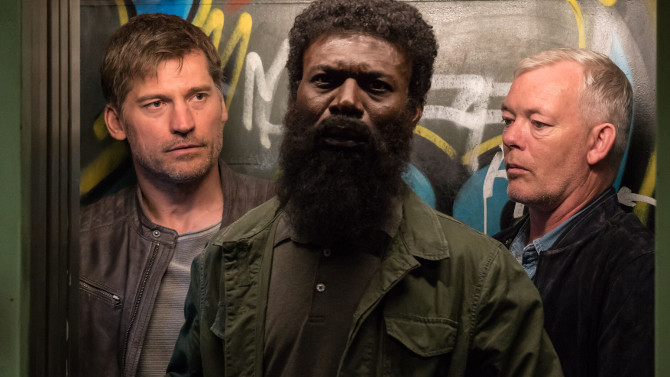
What Could Have Been: 2019’s Domino
A new feature that will appear from time to time, ‘What Could Have Been’ will look at movies that had a chance of being something special, but, due to script, production, budgetary, or any other type of issue, it does not reach its full potential. . . first up, Brian De Palma’s 2019 Danish (though English language) crime thriller Domino. When it comes to Brian De Palma, you tend to fall into two camps. . . defender or trasher. I have long been a huge fan, so when you hear that he is finally filming a new movie some seven years after his last picture, it is cause for excitement. Though, soon after, rumblings were heard. . .problems with the producers, the budget, the script. . . making everyone, even ardent De Palma fanatics, a tad apprehensive.


